When photographing wildlife, we typically have a few seconds to ‘get the shot' of that bird, bear, deer, common or rare animal. Our beautiful subjects don't often move to the perfect pose or perfect setting and hold the position while we snap away. We have to think quickly on our feet. But what makes a great wildlife shot and who determines if it is great or not?
Let's answer the 2nd part first. You do. However, if you're not happy with the image, that doesn't mean it's not a great image. It may be as simple as it didn't turn out the way you planned. Asking for other's opinions may confirm your instinct or make you reconsider another image that you had discarded as just ‘okay.'
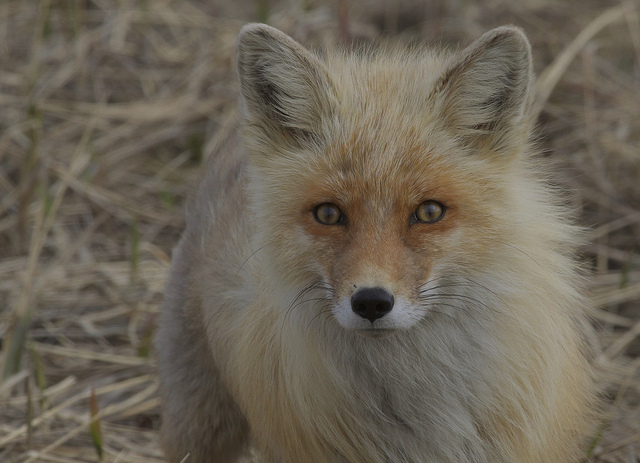
Photo by Gregory “Slobirdr” Smith
There are a few simple tips that bring a “Wow” factor to wildlife images. A bit of patience, awareness of what's happening in the surroundings along with a bit of creativity connects the viewer with the moment. These four tips include 1) Emotion & Attitude, 2) Nature's Frames & Backdrops 3) Unique Features and 4) Taking Advantage of the Weather.
1. Seek Emotion & Attitude
What is animal attitude? It may be moving motion, a pose with an expression that's almost human like. A beautiful bird on a stick is wonderful to look at. An animal caught in the act of a funny expression that generates a giggle or a pose that's unique will be remembered longer than the pretty bird on a stick.
The color of the bobcat blends with the background. His eyes glisten with intensity while staring into the distance.
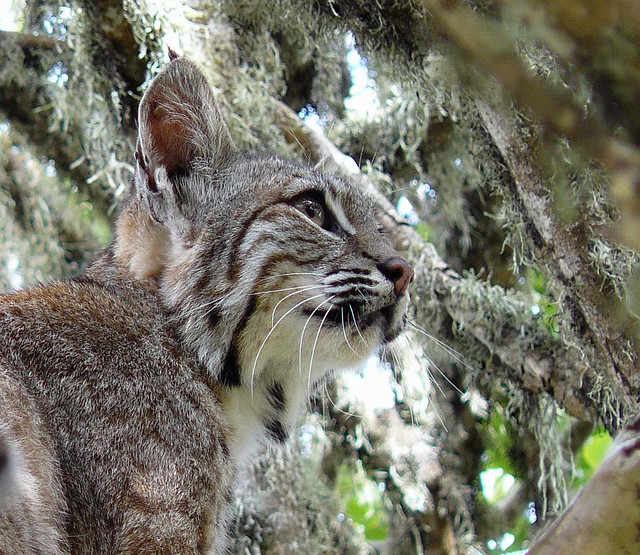
Photo by by Joyce Cory
Animals interacting with each other gives a glimpse into personalities, family bonding and their livelihoods. From breeding season to family rearing, there's a lot of action going on. To effectively capture animals in their element, good lighting and fast shutter speeds make a tremendous difference.
With the Sandhill Crane mom and baby, this was taken in the morning when feeding time was active. The location was a nature preserve. While these were taken in the wild, this family returns each year to roughly the same area which has a lot of foot traffic. This made it easy to capture the action shot. The impact was the closeness of their heads and bills, so using a shallow depth of field was necessary as the background any bolder would have been distracting.
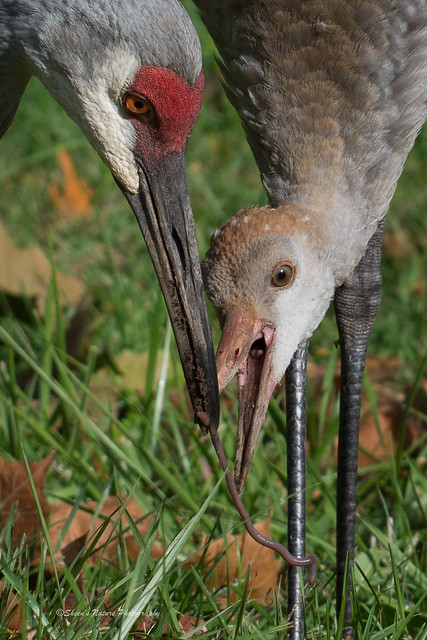
Feeding “Junior”. Photo by Sheen's Nature Photography
Settings: f7/1, ISO 250, 1/1000 sec
2. Find Nature's Frames & Backdrops
Aperture…check. ISO….check. Exposure compensation….check. The camera's settings are a crucial part of getting a quality picture. The other part is the use of composition. In this case, it's not about the ‘Rule of Thirds'. Instead, consider looking for natural frames to accentuate your subject. Branches are natural frames but can also be very distracting if the lines are too harsh or are too big for the subject.
Gently-moving leaves provide an airy, soft frame. The black-crowned night heron below balanced stoically on a heavy branch while searching the stream below for food. Since they don't move quickly in one area, these birds often pose for extended periods of time allowing for settings adjustments.

Photo by Sheen's Nature Photography
Settings: ISO 800, f/8, 1/100 sec. Tripod was used.
When working with nature's frames, leverage depth of field to your advantage. The farther the subject is from the background, the better the chances to get that muted, soft background. This separation highlights and pops your subject. The closer the foreground against the subject renders soft framing opportunities when using a high aperture (low f/stop number) to narrow the depth of field.
The three bears are the star of the image taken in Denali National Park in Alaska. The magnificent mountain range in the background while visible to set the stage, is soft and muted. The faces, the fur and the expressions are well balanced in the setting.
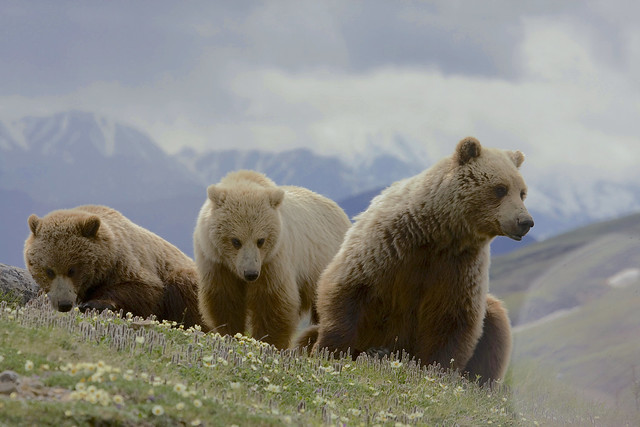
Photo by Gregory “Slobirdr” Smith
Assess and study the area for nature's foreground and background elements before the shutter snapping starts. Apply your desired camera settings prior to shooting, review your work to make adjustments as you go.
3. Show Off Their Unique Features
What makes an animal unique? Is it the color or intensity of their eyes? Their massive size? Their hunting skills? Their big horns?
Hone in on their iconic identity in their natural environment. Keep the image simple.
4. Make the Weather Work for You
Snow, rain, wicked weather sends most people seeking the great indoors. Instead, bundle up, protect your gear and go out. Some fantastic wildlife photographic moments happen when wildlife is surrounded by nature's raw elements.
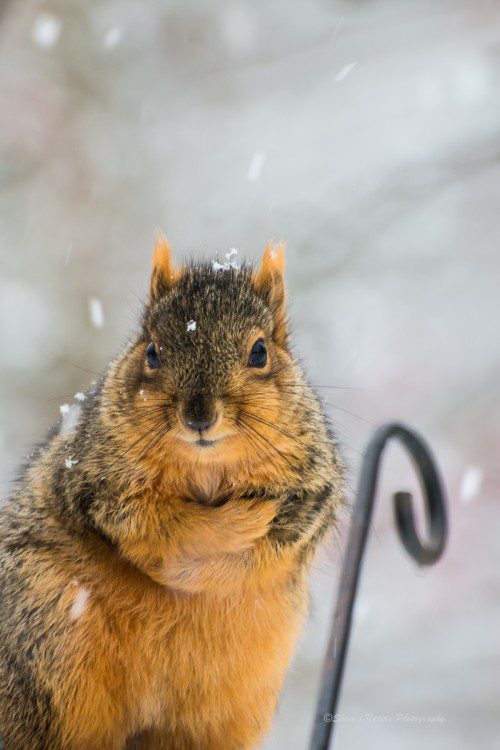
Reminder: It's important to check your work throughout various intervals to make adjustments to your camera settings. Review the histogram and playback images to check for composition improvements.
While it may sound obvious, going back to places that are familiar amps up the creativity quotient. Instead of searching, you roughly know where some of the best places to shoot are located.

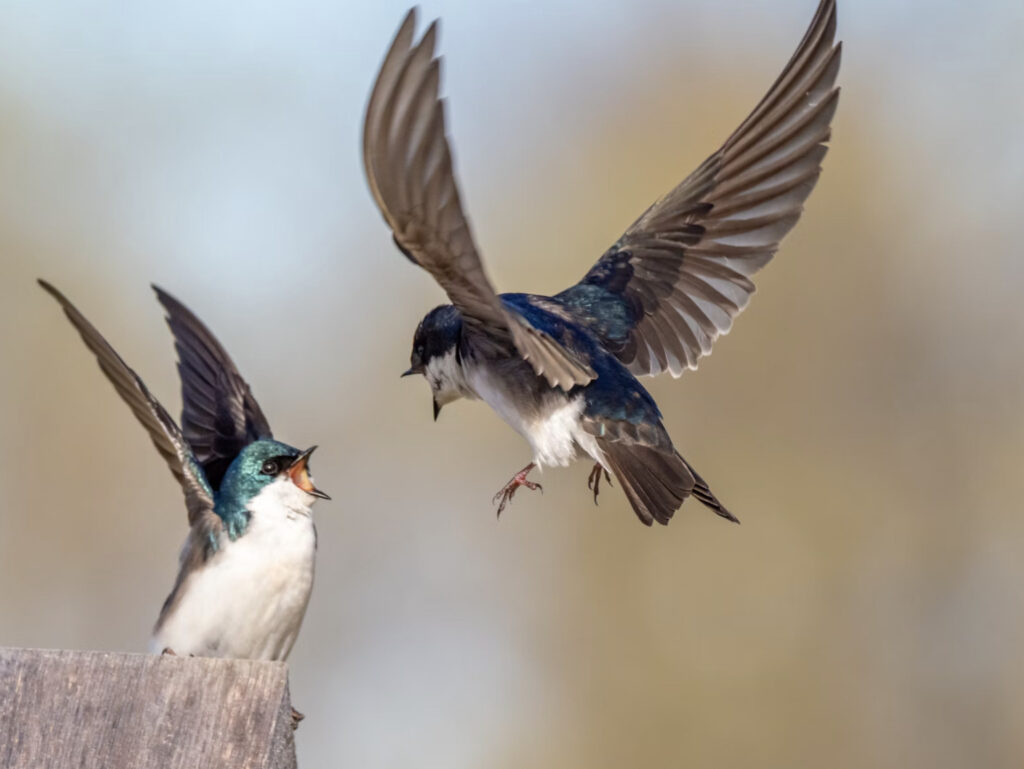
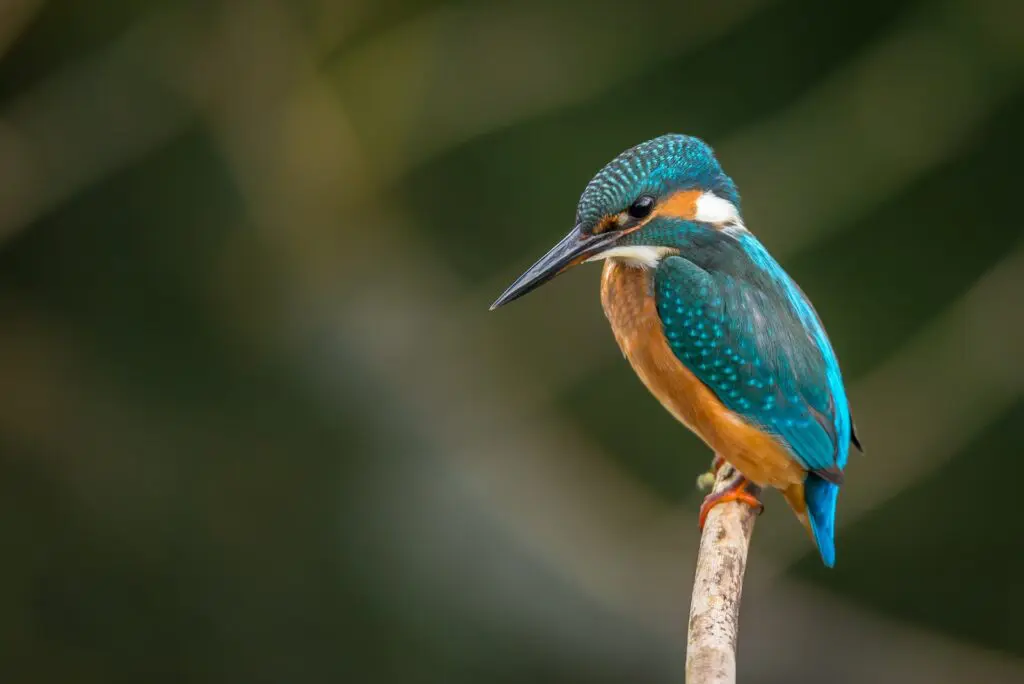
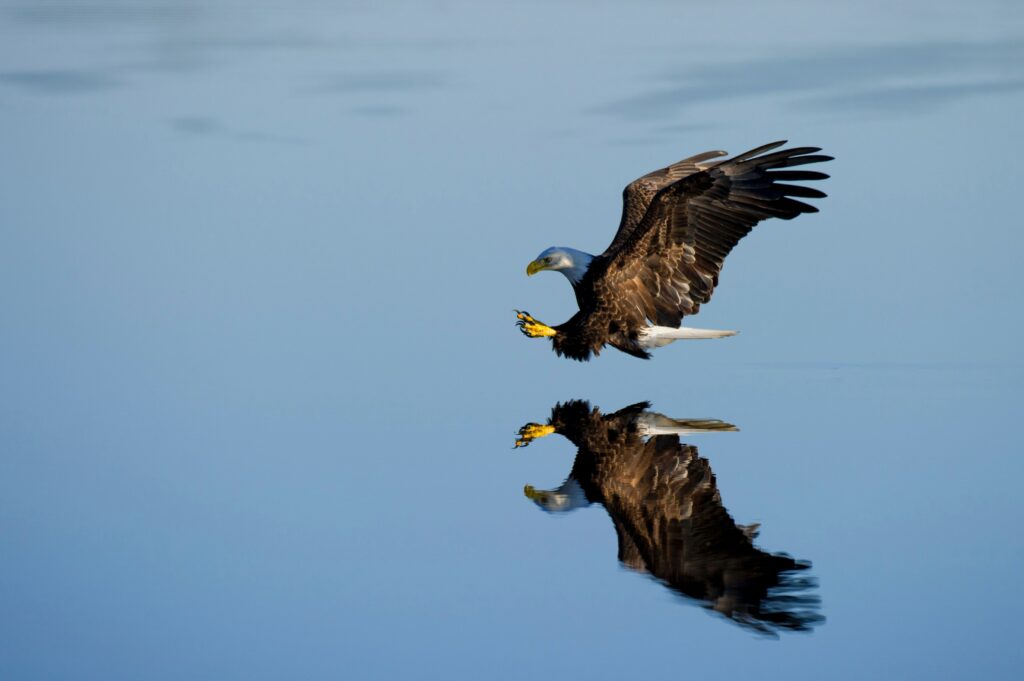
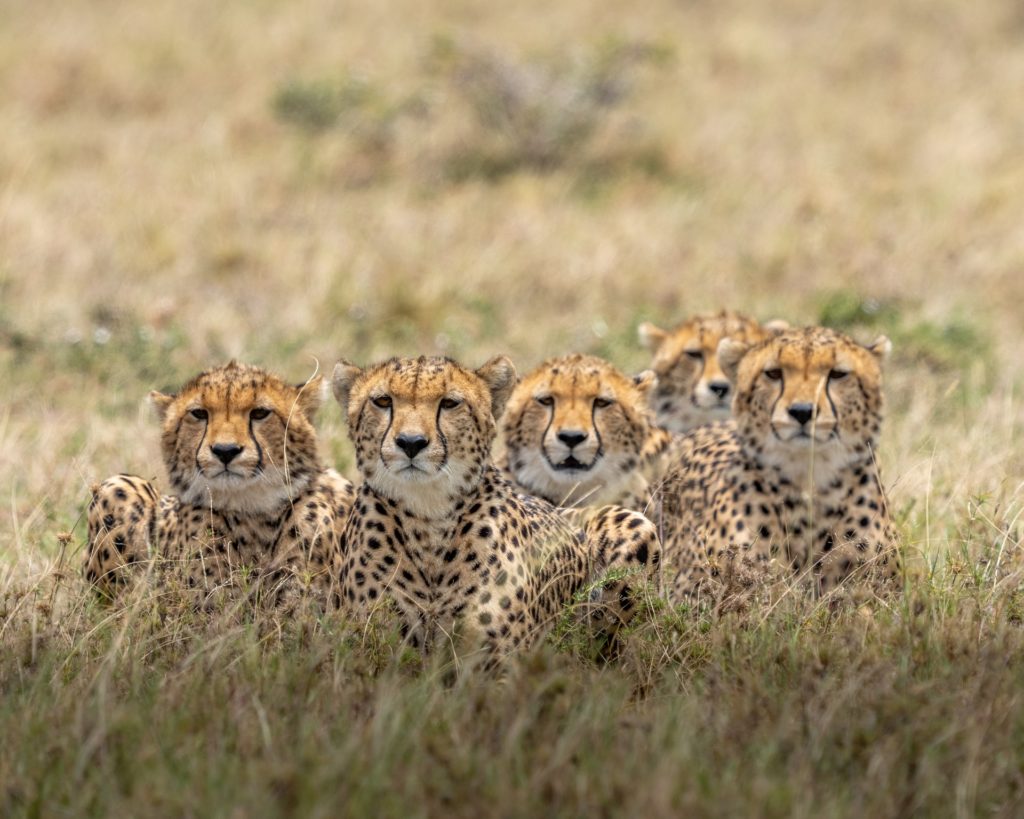
3 Comments
Sheen, Great post and thank you so much for including our photo of the Big Horn Sheep.
Hi Timothy!! Glad you enjoyed and the photo was amazing – composition, lighting, and demonstrated the ‘iconic and unique features’ of the big horn sheep. Have a great weekend!
Hello Sheen,
how did you got both Sandhill Crane mom and baby, eyes in sharp focus simulnateiously.
with regards
sunil mathews